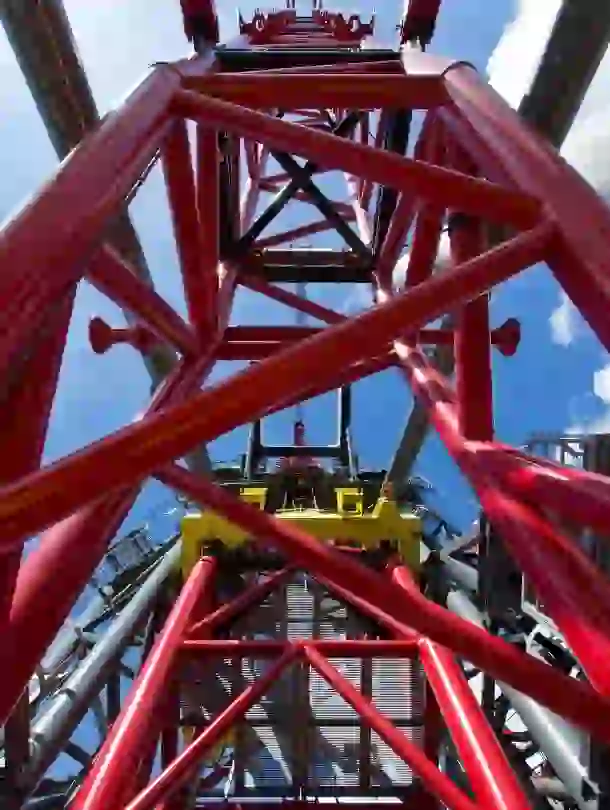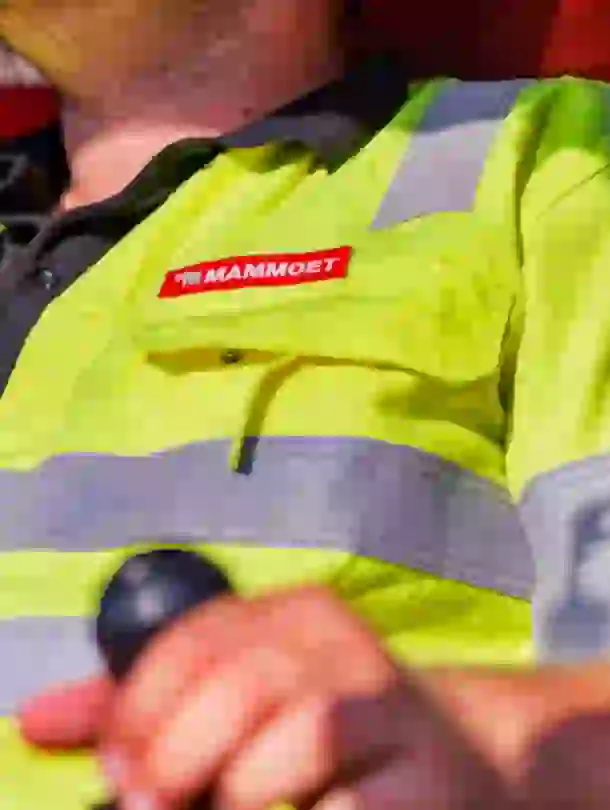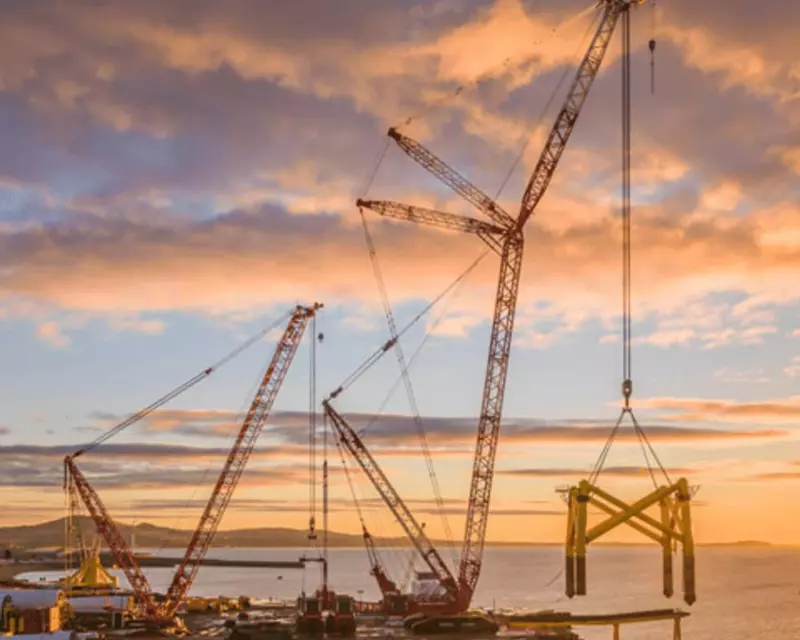
Sector:
Offshore Wind
Expertise:
Heavy transport
Load-in & load-out
Project logistics
Benefits:
Optimized schedule
Reduced preparation
Attachments enable SPMTs to lift next gen monopiles more efficiently, in a shorter timeframe higher and transport them more efficiently
This integrated technology significantly reduces shipping time alongside the berth
The trend for offshore wind turbines is: bigger is better. The larger the blades, the more power each turbine can generate more reliably; resulting in fewer required per wind farm.
With turbines growing, the equipment and methods used to lift and transport their components must evolve to carry the weight.
Monopiles, the giant pegs that get hammered into the seabed to hold the turbines in place, are increasing in diameter to support larger structures above them. However, their wall thickness is not growing at the same rate.
The problem this causes is deflections, which see these heavier monopiles deform and bend when transported horizontally on trailers or placed onto temporary supports.
Mammoet’s new jacking and cradle system has completed its first project, enabling its XXL monopiles to be lifted and supported at higher points, preventing excessive deformation.
The considerable time and cost-saving benefits of the system were proficiently demonstrated on this maiden offshore wind project.
Deflecting the issue
Mammoet was approached by the client to support with the offloading, temporary storage and reloading of monopiles onto and from its offshore transportation vessels.
The project was notable for being the first to utilize two new pieces of Mammoet equipment, specifically designed to support the lifting and transportation of next generation monopiles.
For ideal monopile strength, it is more efficient to make their diameters bigger and keep the same wall thickness. However, this brings challenges when it comes to lifting and transportation.

“Global bending moment resistance is better when you have a larger diameter”, explains Gerard van der Veen, Head of R&D Fabrication at Mammoet. “The problem comes from local deformations. When we look at the deflections, it will deflect locally more than it does globally.
Jacking and cradling
The equipment that Mammoet developed were two attachments for Self-Propelled Modular Transporters (SPMTs), which connect and work in tandem.
The first is a cradle that limits the local deflections of new monopile variants by supporting a larger sector of a monopile’s diameter compared to conventional monopile cradles.
Using a formation of foldable saddles that open and close sideways, the system can support monopiles as high as possible without impacting the installation height.
Gerard and his team determined that the cradle alone might not be enough for all projects, and so also set about also designing a jacking system to give SPMTs additional lifting stroke.
“You don’t want to have to make sand bunds or grillages higher”, says van der Veen, “because that creates additional cost for the client. So, we decided to design a jacking system that fits in-between our trailers and gives a completely flat surface.”

An additional 600mm of stroke can be achieved. When combined with the 600mm onboard stroke of the SPMT, this increases the maximum transport height from 1200mm to 2400mm.
Another beneficial aspect of the equipment is its modular construction. This means more saddles and jacking spacers can be added; future proofing it for next generation monopiles reaching 4,500t and diameters of up to 15 meters.
The alternative solution would have been to use a process known as ‘Jacking and Packing’. A more time-consuming method involves adding and removing wooden mats and filler blocks to SPMTs like a climbing jack would use.
Working to tight schedules, a short-term storage area for three monopiles was created close the quayside. When combined with the SPMT cradle, it allowed a full vessel load to be quickly offloaded and loaded.




